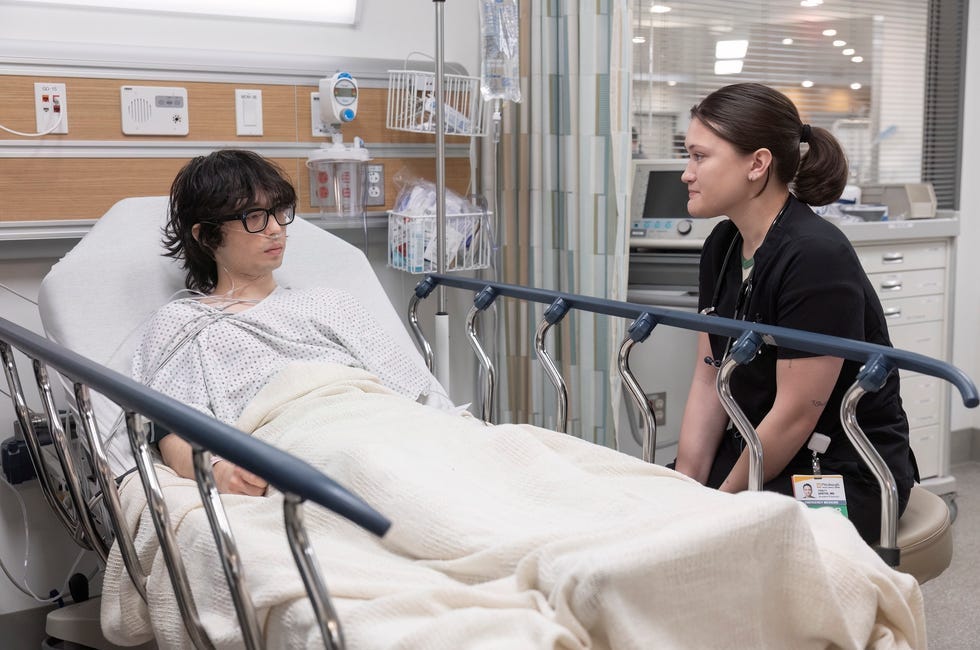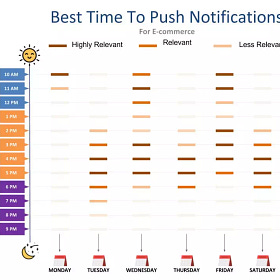Why Doctors Say No to New Tech
It’s the diagnosis pulled out whenever a doctor or nurse pushes back on some new system, tool, or “transformation.” To outsiders, it sounds neutral—a “change management” hiccup. But to anyone who’s actually put software in front of clinicians, it’s a signal that dissent is about to be pathologized, not heard.
“Clinician resistance.”
I’ve been in the room where these scripts get written and the trenches where they fall apart. At Epic, I was the implementation lead for two hospitals and six patient-facing web portals, directly supporting clinical teams as they navigated federal incentive programs and regulatory changes. When hospitals needed unique workflows, I built and deployed custom features—sometimes overnight—just to keep patient care and compliance on track. I co-led a national Physician Quality Reporting group, started a policy and tech network attended by over 100 healthcare organizations, and designed escalation protocols for regulatory crises.
Next time you hear “clinician resistance,” treat it as a signal. It’s an invitation to fix what’s broken, build trust, and actually improve care.
In every case, I saw the same pattern: clinicians raising valid, specific risks were labeled “legacy thinkers” by people nowhere near the point of care.

Later, as a product manager at Doximity, I managed teams of engineers, UX designers, and data scientists across multiple launches, ultimately taking full ownership of user growth and mobile app strategy. My team’s most successful launch—Doximity Dialer, now used by millions—didn’t come from a boardroom or a consultant. It started with listening to frontline physicians about the privacy and workflow headaches that legacy phone systems created. We built Dialer not to “overcome resistance,” but to solve pain points clinicians had flagged for years. The result was immediate adoption, not because we “managed change” but because we respected the realities of care. When you listen up front, “resistance” is replaced by trust.
What We Built, and Why We Let Go
In August 2024, we decided to end Andwise, with no formal press release, no dramatic pivot tweets—just a resolve to shut it down before becoming something we never intended to.
Who Writes the Script?
The “clinician resistance” story isn’t organic—it’s manufactured. Consulting giants like McKinsey, Deloitte, and Bain write the playbook, recasting professional skepticism as a personality flaw. In hospitals, HR and admin turn system breakdowns into “resilience” issues for the individual. Object quietly and you’re “managed.” Push collectively, and the union-busters arrive.
Tech vendors—including Epic—often reinforce the cycle. I’ve watched clinicians forced into documentation hell while their objections get filed under “technophobia,” despite mounting evidence that EHRs are a top driver of burnout. I’ve seen how “efficiency” means mandatory extra clicks for everyone but the end user.
The best healthcare tech happens with clinicians, not to them.
Then there’s academia. RAND and Harvard can diagnose burnout but always prescribe more training and “resilience”—never vendor accountability.
And business school? I sat through healthcare management coursework where “clinician resistance” was just a line item to bulldoze through on the project plan, not a red flag to investigate.
Stop Blaming Dopamine
I used to believe my late-night scrolling was purely a personal failing—maybe I had “no willpower,” or my brain was “wired for dopamine hits.” That was the narrative fed to me by pop neuroscience and digital minimalists alike.
Why Pathologize Resistance?
Because it’s a shortcut for leadership. Framing resistance as a defect means critique is delegitimized, accountability is dodged, consulting budgets stay bloated, and clinicians are kept too atomized to organize. Burnout and turnover get chalked up to “resilience gaps,” never the churn and incoherence of endless transformation.
What’s lost is obvious to anyone who’s run a go-live: most “resistance” is professionalism. The clinicians who object are usually the ones protecting safety, standards, and patient outcomes. The so-called “resisters” are almost always the people you wish you’d listened to before launch.
If you build tech for healthcare, you’ve seen this. Maybe you’ve rationalized it—under deadline, under pressure. But here’s the truth: clinicians don’t resist technology, they resist bad technology. Every extra click, every broken workflow, every feature that flops in the wild is a threat to patient care and professional dignity.
When you build with clinicians—when you center their lived experience—you don’t have to fight “resistance.” Adoption and trust follow. When you get pushback, pause. Ask what the frontline knows that you don’t. When a whole unit objects, don’t cherry-pick “early adopters.” Figure out what the skeptics are actually protecting.
In healthcare, “move fast and break things” means breaking people. Go slow. Get it right. If leadership blames staff, use your receipts, your data, your voice—push back.
If you see collective action, respect it. That’s what a profession looks like defending its standards.



